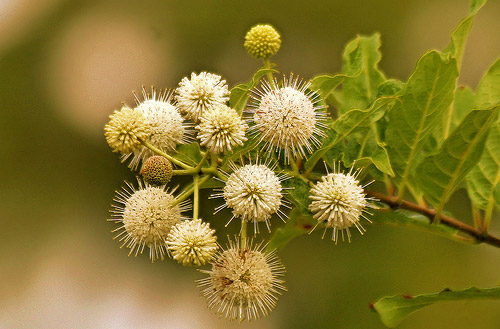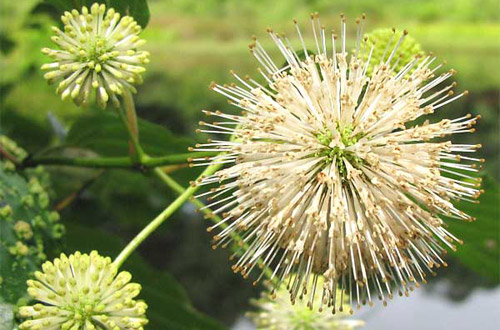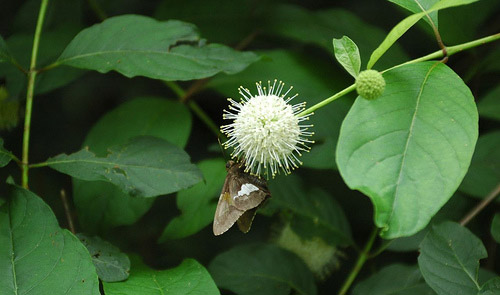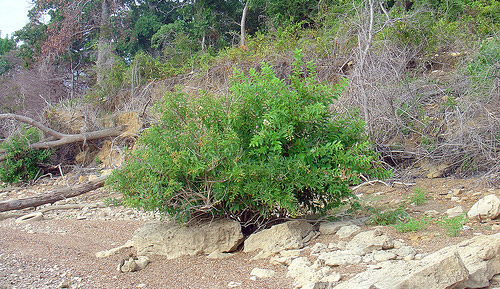A | B | C | D | E | F | G | H | I | J | K | L | M | N | O | P | Q | R | S | T | U | V | W | X | Y | Z

Image from KM&G-Morris
Names
Cephalanthus occidentalis
Description
Upright highly branched shrub or small tree which can grow up to 50 feet. Leaves are lance shaped and about 6 inches long. Flowers grow in spheres and look like white balls about an inch in diameter. Fruit is dark brown and stay on the plant for months.

Concern Level
Only during drought season, unpalatable.
Toxic parts
Leaves

Image from Flatbush Gardner
Symptoms
Not well documented, but may include paralysis, muscle spasms, gastrointestinal upset
Danger
Toxic principle is unknown, but it is thought that they contain glycoside principles.

Image from Dane Larsen
More information
*It should be noted that we are not veterinarians. This information is written specifically for horses and should be used for reference purposes only. If you think your horse has eaten something toxic call your vet right away.
